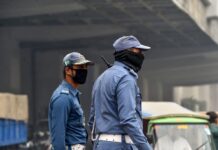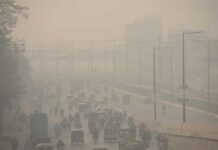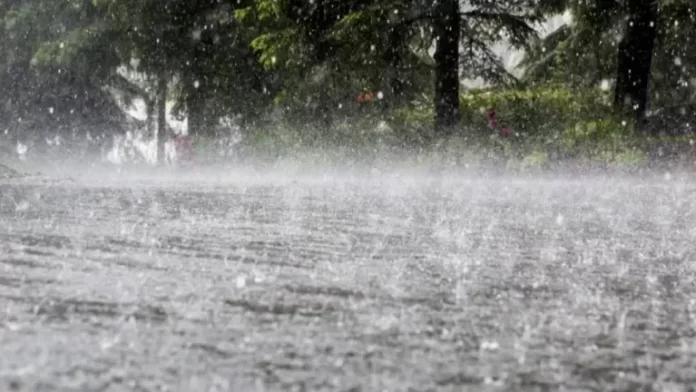LAHORE: More than 120 people have lost their lives in Punjab over the past six weeks as torrential monsoon rains and flash floods battered rural and urban areas, official figures revealed on Sunday.
According to the Provincial Disaster Management Authority (PDMA), the current monsoon spell is likely to persist with intermittent downpours until August 27, keeping alive the threat of riverine flooding, urban inundation and waterlogging in low-lying settlements.
Across the country, the toll has crossed 700 fatalities since the start of the season, with nearly 1,000 people injured in rain-related incidents. Women and children are among the victims, underscoring the widespread impact of the deluge.
Punjab alone reported 54 deaths in the first half of July, with the casualty count rising steadily as heavy rains continue. The devastation has not been limited to human lives: at least 123 houses have been destroyed, dozens more partially damaged, and over 2,000 families displaced. Emergency relief camps have been set up to provide shelter and supplies to those affected.
Agricultural land has also suffered severe losses, with hundreds of acres of standing crops washed away by the floods.
Rivers across the province remain under close watch. The Sutlej is at high flood levels at Ganda Singh Wala and at medium levels at Head Sulemanki. The Chenab River is also swelling rapidly, posing a direct threat to low-lying districts including Gujrat, Sialkot and Narowal. At Tarbela, the Indus is still at low flood levels, but officials warned that controlled releases may be required if rainfall persists, as the reservoir is already filled to capacity.
The situation is further complicated by developments across the border. India’s Bhakra, Pong and Thein dams are close to maximum storage, while the Indian High Commission has cautioned about rising levels in the Tawi River, which experts warn could aggravate flooding along the Chenab in Punjab.
Punjab’s Relief Commissioner and PDMA Director General have instructed all departments to remain on high alert. WASA, Rescue 1122, district administrations, and other provincial agencies — including agriculture, irrigation, health, livestock and transport — have been mobilised. Staff and machinery have been deployed for drainage operations in vulnerable areas, while flood relief camps continue to house displaced families.























